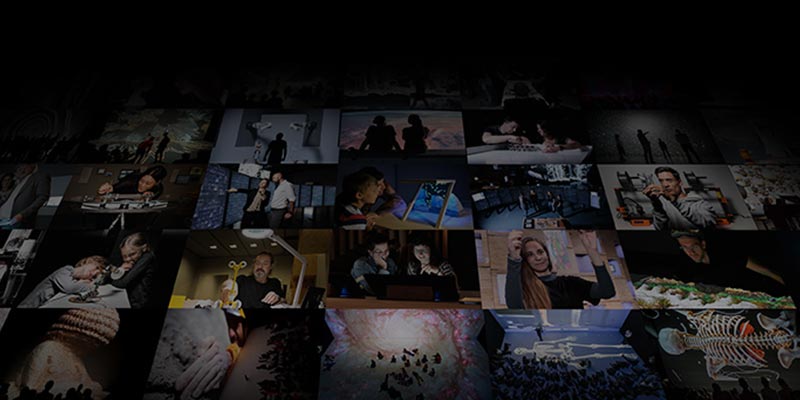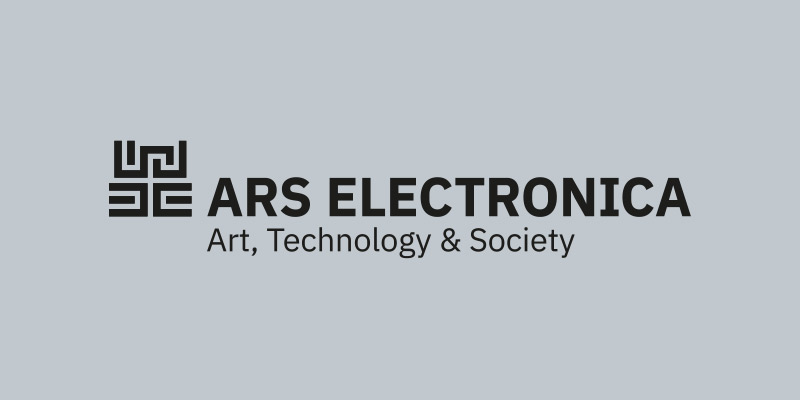Program
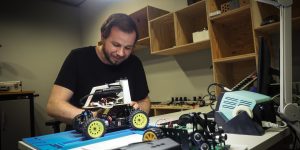
Donkey Car - The self driving Toy Car
A "Donkey Car" is a self-driving car in mini format, a remote-controlled car that is trained to be able to independently master a course. Donkey is an open source project of a group of volunteers who share a common enthusiasm for self-driving cars - and want to build them themselves.
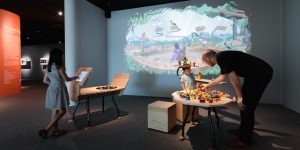
Animaker - A playground of Artificial Intelligence
What animal is it? With Lego bricks we build our own fantasy creatures and the Artificial Intelligence has to guess which animal it is and also breathes life into it in a virtual world! With the "Animaker" in the Kids' Research Laboratory, the boundaries between the virtual and physical world become blurred. There are no limits to creativity!
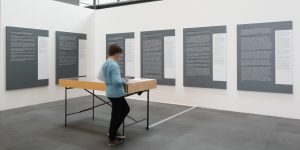
Ghostwriter AI - This is how Artificial Intelligence writes
"GPT-2" is the name of a machine learning model with which the American research group OpenAI has developed a remarkably powerful language system. "GPT-2" is transformer-based, which is the name of a new approach to NLP (Natural Language Processing), in which the system also learns independently which words and parts of a text require more attention.

Deep Space Family: On the trail of the pharaohs
We will take a look inside the Pyramid of Khufu using the latest techniques in Deep Space. Like in a computer game we can move through the corridors and explore the different chambers. We might even discover Cheop's burial chamber!
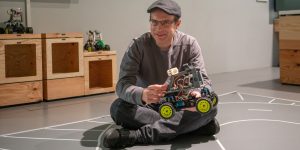
KI on Board - How Artificial Intelligence learns a car to drive
In a few years, robot cars will be encountered more and more often as real road users in everyday life. Robots behind the wheel? Probably not in this form. Rather, Artificial Intelligence is the key to autonomous driving.
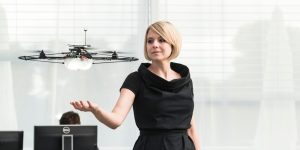
Science Talk: On understanding and trust - How teamwork between man and machine works
Robot psychologist Martina Mara tells what the trend area of collaborative robotics can learn from psychological theories of trust-building and she gives insights into a current research project in which the trustworthiness of robot colleagues is being investigated using virtual reality.

Deep Space: Pieter Bruegel - Making the invisible visible
We project the small-scale works of the Dutch Renaissance artist Pierter Bruegel onto the large projection surface of Deep Space - as gigapixel images in which the smallest details can be zoomed in.
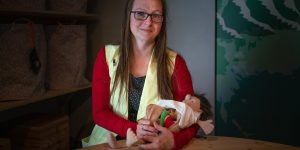
Erwin, the little patient
Just like a doctor, you can open the doll Erwin, our little patient, by the stomach. Hidden inside are removable organs, just like in a real human being. This way we explore together what the inside of the human body looks like and learn more about body and health in a playful way.

Deep Space Family: To Infinity and Beyond
From Deep Space in the Ars Electronica Center, we'll embark on a journey into infinity and beyond, past satellites, the sun, the solar system and the Milky Way to galaxies near and far, and all within minutes.

Object detection – This is where the AI fails
In this Home-Delivery episode you will learn how the training of an Artificial Intelligence works exactly and how and why the AI is sometimes wrong in object detection.
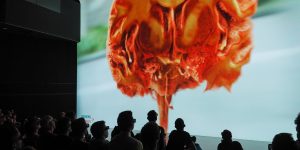
Science Talk: In the Glass House of the Soul
In this Science Talk, Prof. Dr. Andreas Gruber, Chairman of the Department of Neurosurgery at the Kepler University Hospital, will talk about the latest methods in brain surgery, from microsurgery to neuronavigation and digitalised surgery simulations.
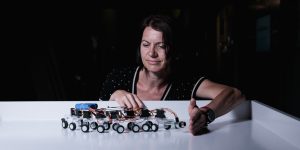
Tour: Brainpower & ... IV
In this guided tour, we look at how complex the linked brain cells of humans are and how this is in contrast to other living beings, such as the nematode C. Elegance.
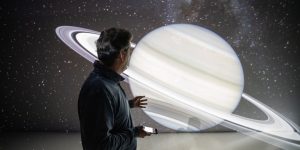
Deep Space Family: Journey through Universe IV
"My Violent Evil Monster Just Scared Us Nuts". You know that mnemonic? It's an easy way to remember the eight planets of our solar system: Mercury, Venus, Earth, Mars, Jupiter, Saturn, Uranus and Neptune.

Family Tour
In this Family Tour we show you that our brain is like a workshop for thinking. And it even works with electricity! In a playful way, we will see how thinking and learning works from the brain's point of view and try out a so-called brain-computer interface.

Tour: Brainpower & ... IV
In this guided tour, we look at how complex the linked brain cells of humans are and how this is in contrast to other living beings, such as the nematode C. Elegance.
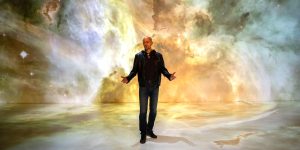
Deep Space LIVE: Zodiac Signs in the Light of Science – Cancer
In the second part of the series "Signs of the Zodiac in the Light of Science" with astrophotographer Dietmar Hager we take a look at the cancer.

Artist Talk: Rashin Fahandej – American Arts Incubator – Austria
Ars Electronica, in collaboration with ZERO1, U.S. Embassy Vienna, and the U.S. Department of State’s Bureau of Educational and Cultural Affairs, is pleased to announce the American Arts Incubator — Austria with the lead artist Rashin Fahandej.
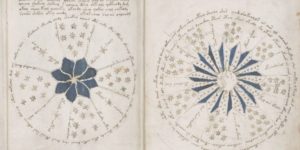
Deep Space: Voynich Manuscript
It is the most mysterious manuscript in the world: a book written by an unknown author, with illustrations that are as bizarre as they are enigmatic – and written in a language that even the best cryptographers cannot decipher.

Deep Space: Voynich Manuscript
It is the most mysterious manuscript in the world: a book written by an unknown author, with illustrations that are as bizarre as they are enigmatic – and written in a language that even the best cryptographers cannot decipher.
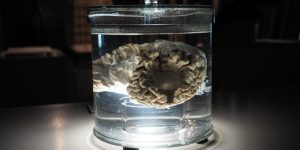
Tour: Brainpower & ... III
In this tour we show you, that the real detailed functionality of our nerve cells is the basis for a different approach on Artificial Intelligence: biologically based machine learning.


